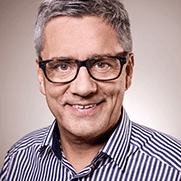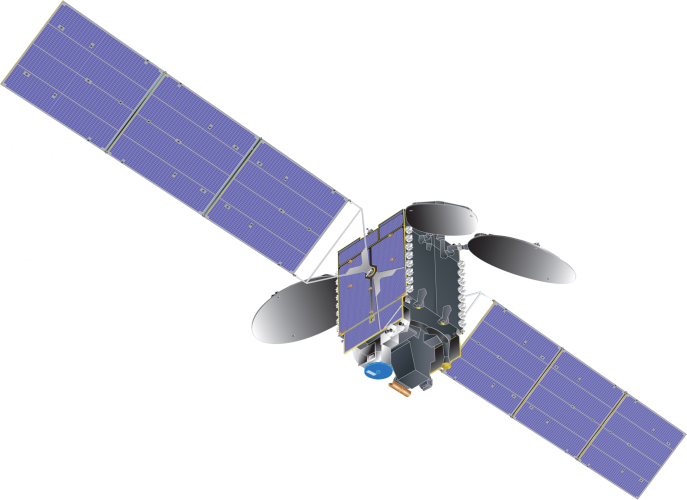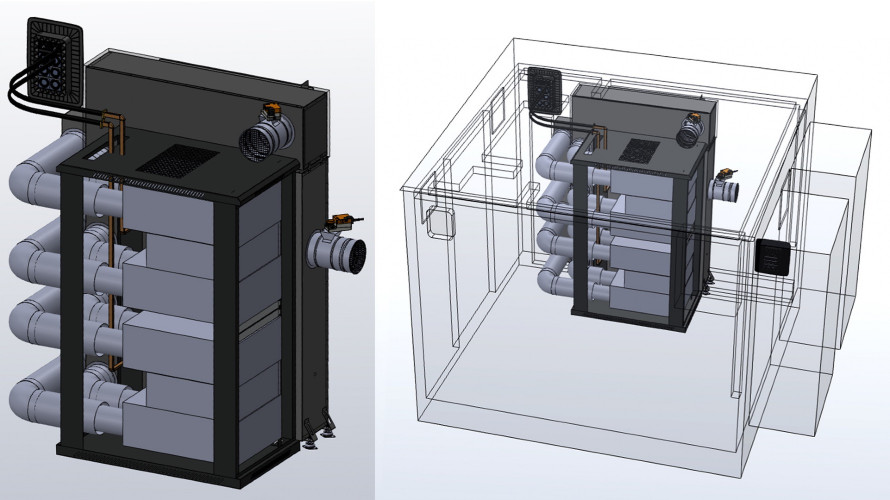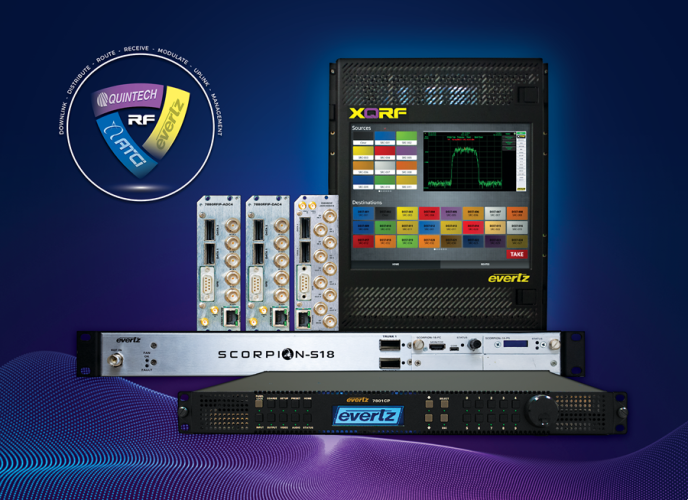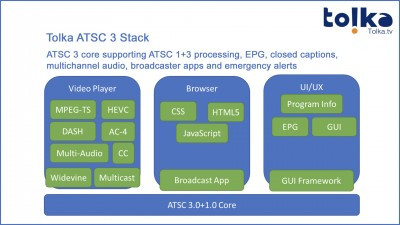by Werner Drews Issue 93 - September 2014
Seeking new ways to refine operational efficiency, broadcasters using satellite to deliver FM now have a palette of options. The combination of satellite with IP is being investigated by many in a variety of configurations, to achieve some or all of the goals of cost reduction, flexibility, redundancy, and regionalisation.
The impetus for change arises partly from the obsolescence of the previous generation of satellite receivers, partly from the bandwidth savings inherent in DVB-S2, and partly from the availability of a new generation of hardware that concentrates a diverse range of functionality into a single unit. The multi-role capability of this new hardware provides an important element for broadcasters: the fl exibility to change, experiment and adapt without additional infrastructure costs.
All these factors together create the opportunity to rethink and revise infrastructure to provide a better platform for profi tability and the pursuit of new audiences in a rapidlymutating media consumption landscape.
One of the simplest and most urgent imperatives networks face is the need for more effi cient bandwidth use. DVB-S2 offers a clear advantage here, with valuable savings, and further gains can be achieved with the installation of receiving devices supporting advanced codecs such as AAC and eAPTX. eAPTX is especially suited to use in studio-to-studio transmissions because it allows re-encoding of audio as many times as needed, without loss of quality.
Converting to DVB-S2 certainly offers cost benefi ts, and for networks keen to explore other ways of reducing operational expenditure the potential of a hybrid of satellite with IP is very tempting. Content distribution by satellite is still the most reliable method, but many broadcasters are weaving IP into the fabric of their infrastructure, often using DSL lines. IP play an important role in audio distribution, and if the hardware they choose is fl exible and incorporates built-in technologies like FEC to improve the quality of IP transfers, broadcasters can be confi dent about using IP in the overall solution. IP support in today’s generation of satellite receivers gives broadcasters fl exible options for using IP. The IP/Satellite hybrid is being explored in various ways, with quite different confi gurations being implemented by each broadcaster. Some have opted for all-out economy by using DSL lines for contribution, and with the right hardware this can be done while still retaining the ability to incorporate satellite if and when required, without further capital cost.
A mix of IP and satellite can also be an elegant way to create a backup provision, with either IP or satellite as the main feed, and the other as the backup. Some broadcasters are also achieving economies by using satellite for the majority of content transfer, while sending less critical content via IP. An example of this approach would be the broadcaster who contributes regionalised content via IP, while using satellite for the national feed. If the IP contribution of regionalised content fails, the regional audience hears the national feed instead.
Regionalisation is an important area of development and potential revenue for most broadcasters, but inevitably the key is to contain the costs of setting up and running a regionalised operation. Here, hardware that concentrates the functionality required for regionalisation into the same unit that receives the content (from satellite, IP or both) allows broadcasters to bypass the usual option of a separate (usually PC-based) regionalisation installation. The result is a very streamlined, cost-effective and robust solution capable of receiving regionalised content either by a different route from the main feed (such as a DSL line), or in a side channel if satellite is used exclusively. The regionalised content is stored onboard and when a trigger signal from the headend is received by the device, it plays out the content immediately. When a broadcast is implementing a regionalised operation over a network of several hundred receivers, the integrated contribution device is a much more effi cient way to do it.
In a sense, the greater number of options available to networks today results in a more fl uid situation in the market, and an unwise equipment choice could tie a network into an uncompetitive position if conditions change. This is leading to a strong demand from networks for devices that are ambidextrous, based on open standards, and ready for any opportunity the operator wants to pursue.



